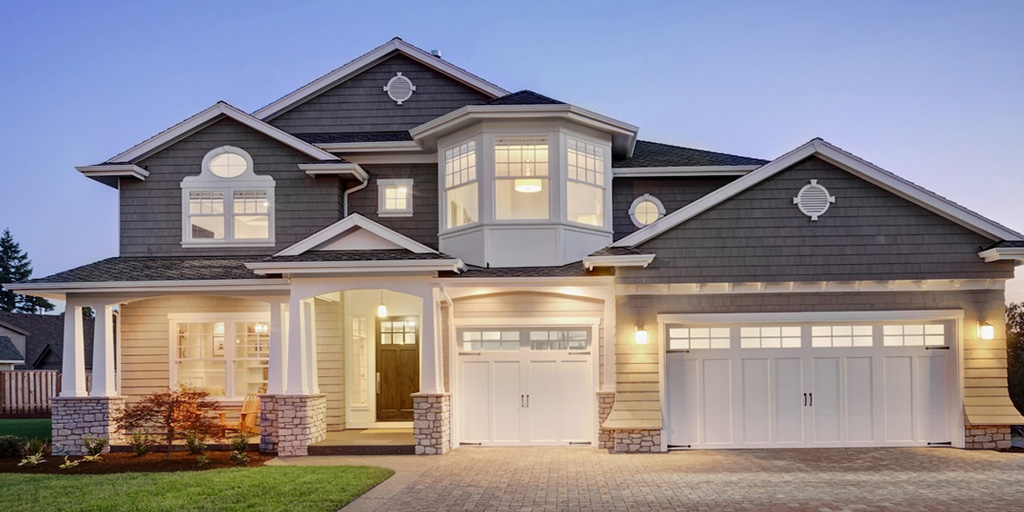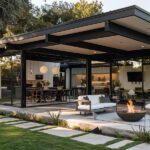Builders who adopt a whole-home approach to building design consider the home as a single system consisting of interdependent parts. Framing, walls, insulation, windows, doors, lighting, HVAC and other components of the built environment are evaluated for how they perform in relation to each other, to the local climate and expected occupant behavior.
Lower Loads
Previously, some builders may have selected oversized HVAC systems in the hopes of guaranteeing comfort and limiting callbacks, but this approach is costly and inefficient, particularly in homes with tight thermal envelopes. An oversized system is likely to waste energy and cause temperature swings along with ineffective moisture removal by short cycling: constantly turning on and off. HVAC systems specified for high-performance homes must be able to accommodate low loads. In high-performance homes, the interdependent parts work together to produce personalized comfort, healthy spaces, and energy efficiency. The foundation of energy efficiency is a tight thermal envelope designed to reduce cooling and heating loads.
Load and Lifestyle
Room-by-room load calculations (ACCA Manual J®) and the process of identifying the right system size (ACCA Manual S®) are both based upon ASHRAE design temperatures which account for the coolest and hottest days of the year. For most of the year, temperatures will not reach either extreme. Also, loads will change over the course of a day, varying based on how occupants use a space. The homeowner’s bedroom and home office will have radically different conditioning needs than a 50-person dance studio built in a basement, for example. High-performance HVAC systems with variable capacities, such as Zoned Comfort Solutions®, are able to limit energy consumption to the amount needed to cool and heat rooms to their set point and immediately vary capacity as loads change. Coupled with zoning, this level of precision means builders can reduce the risk of callbacks by specifying systems that align with room-by-room load calculations and keep occupants comfortable whether they are in the kitchen or a bonus room turned yoga studio.





